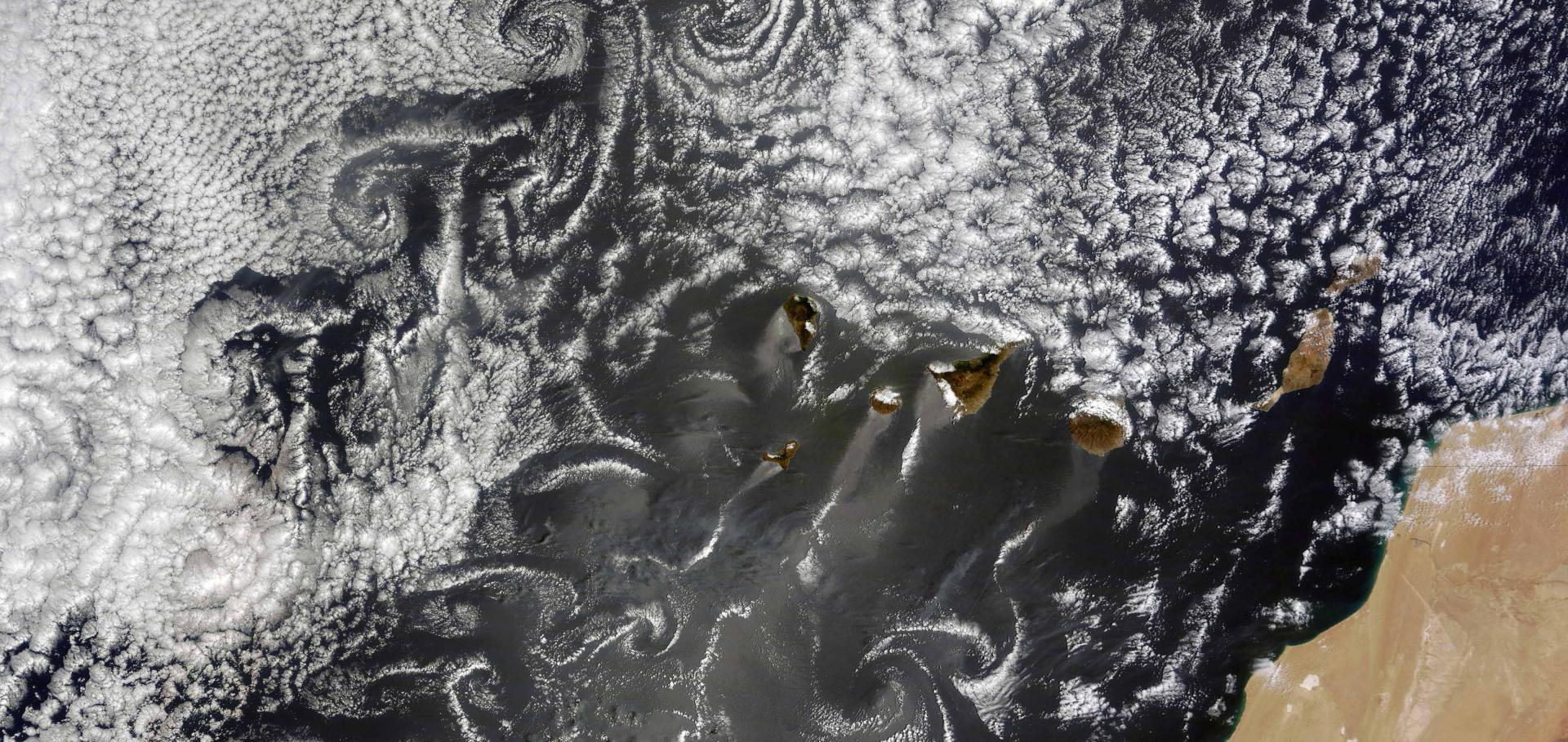Biomass burning emission analysis based on MODIS aerosol optical depth and AeroCom multi-model simulations: implications for model constraints and emission inventories
Abstract:
<jats:p>Abstract. We assessed the biomass burning (BB) smoke aerosol optical depth (AOD) simulations of 11 global models that participated in the AeroCom phase III BB emission experiment. By comparing multi-model simulations and satellite observations in the vicinity of fires over 13 regions globally, we (1) assess model-simulated BB AOD performance as an indication of smoke source–strength, (2) identify regions where the common emission dataset used by the models might underestimate or overestimate smoke sources, and (3) assess model diversity and identify underlying causes as much as possible. Using satellite-derived AOD snapshots to constrain source strength works best where BB smoke from active sources dominates background non-BB aerosol, such as in boreal forest regions and over South America and southern hemispheric Africa. The comparison is inconclusive where the total AOD is low, as in many agricultural burning areas, and where the background is high, such as parts of India and China. Many inter-model BB AOD differences can be traced to differences in values for the mass ratio of organic aerosol to organic carbon, the BB aerosol mass extinction efficiency, and the aerosol loss rate from each model. The results point to a need for increased numbers of available BB cases for study in some regions and especially to a need for more extensive regional-to-global-scale measurements of aerosol loss rates and of detailed particle microphysical and optical properties; this would both better constrain models and help distinguish BB from other aerosol types in satellite retrievals. More generally, there is the need for additional efforts at constraining aerosol source strength and other model attributes with multi-platform observations. </jats:p>Cloud condensation nuclei concentrations derived from the CAMS reanalysis
Comparing ML retrieved and invisible ship tracks to probe the meteorological dependence of cloud susceptibility to aerosol
Statistical constraints on climate model parameters using a scalable cloud-based inference framework – CORRIGENDUM
Weak liquid water path response in ship tracks
Abstract:
The assessment of aerosol–cloud interactions remains a major source of uncertainty in understanding climate change, partly due to the difficulty in making accurate observations of aerosol impacts on clouds. Ships can release large numbers of aerosols that serve as cloud condensation nuclei, which can create artificially brightened clouds known as ship tracks. These aerosol emissions offer a “natural”, or “opportunistic”, experiment to explore aerosol effects on clouds, while also disentangling meteorological influences. Utilizing ship positions and reanalysis wind fields, we predict ship track locations, colocating them with satellite data to depict the temporal evolution of cloud properties after an aerosol perturbation. Repeating our analysis for a null experiment does not necessarily recover zero signal as expected; instead, it reveals subtleties between different null-experiment methodologies. This study uncovers a systematic bias in prior ship track research, due to the assumption that background gradients will, on average, be linear. We correct for this bias, which is linked to the correlation between wind fields and cloud properties, to reveal the true ship track response.
We find that, once this bias is corrected for, the liquid water path (LWP) response after an aerosol perturbation is weak on average. This has important implications for estimates of radiative forcings due to LWP adjustments, as previous responses in unstable cases were overestimated. A noticeable LWP response is only recovered in specific cases, such as marine stratocumulus clouds, where a positive LWP response is found in precipitating or clean clouds. This work highlights subtleties in the analysis of isolated opportunistic experiments, reconciling differences in the LWP response to aerosols reported in previous studies.


